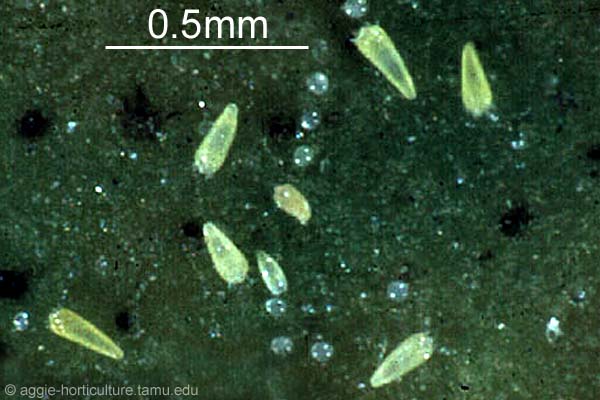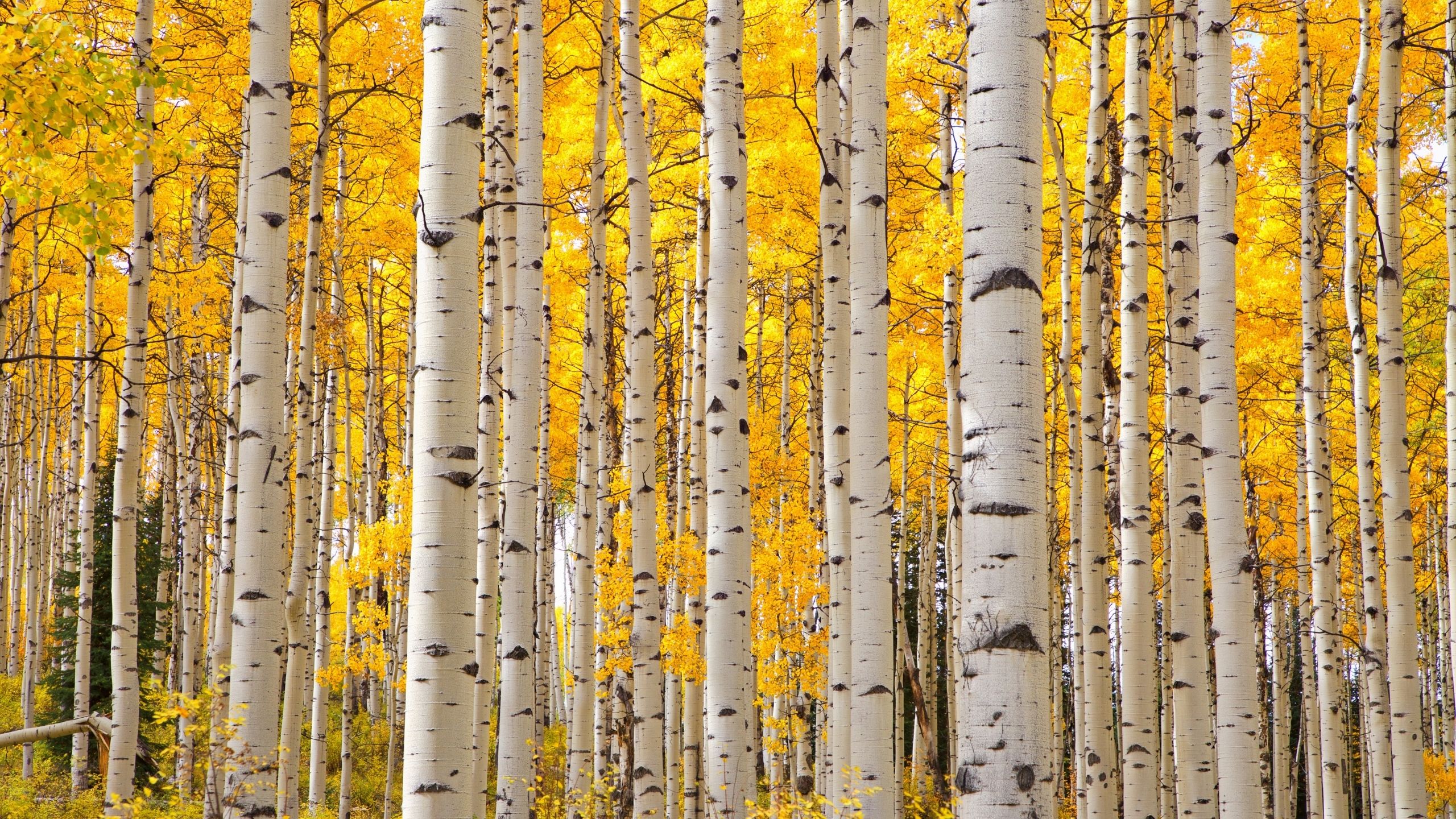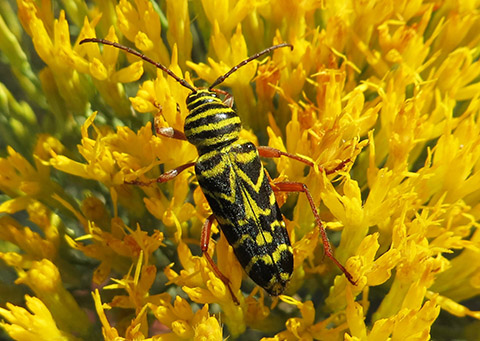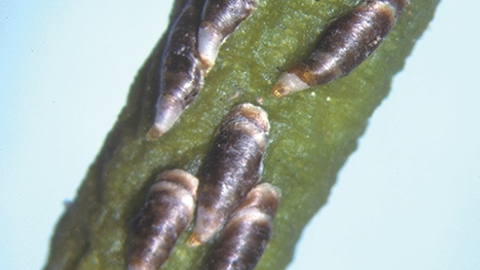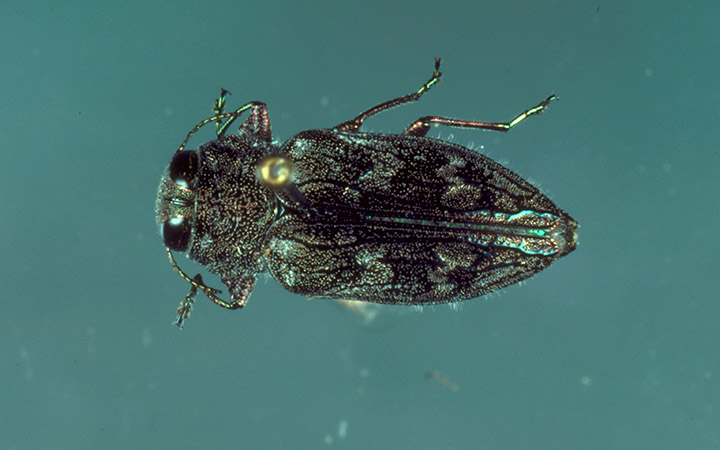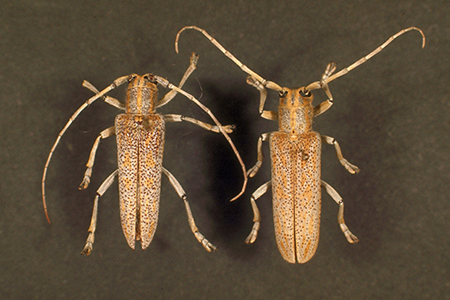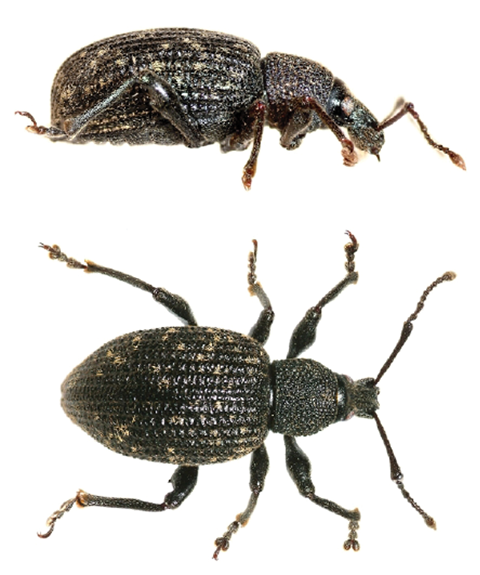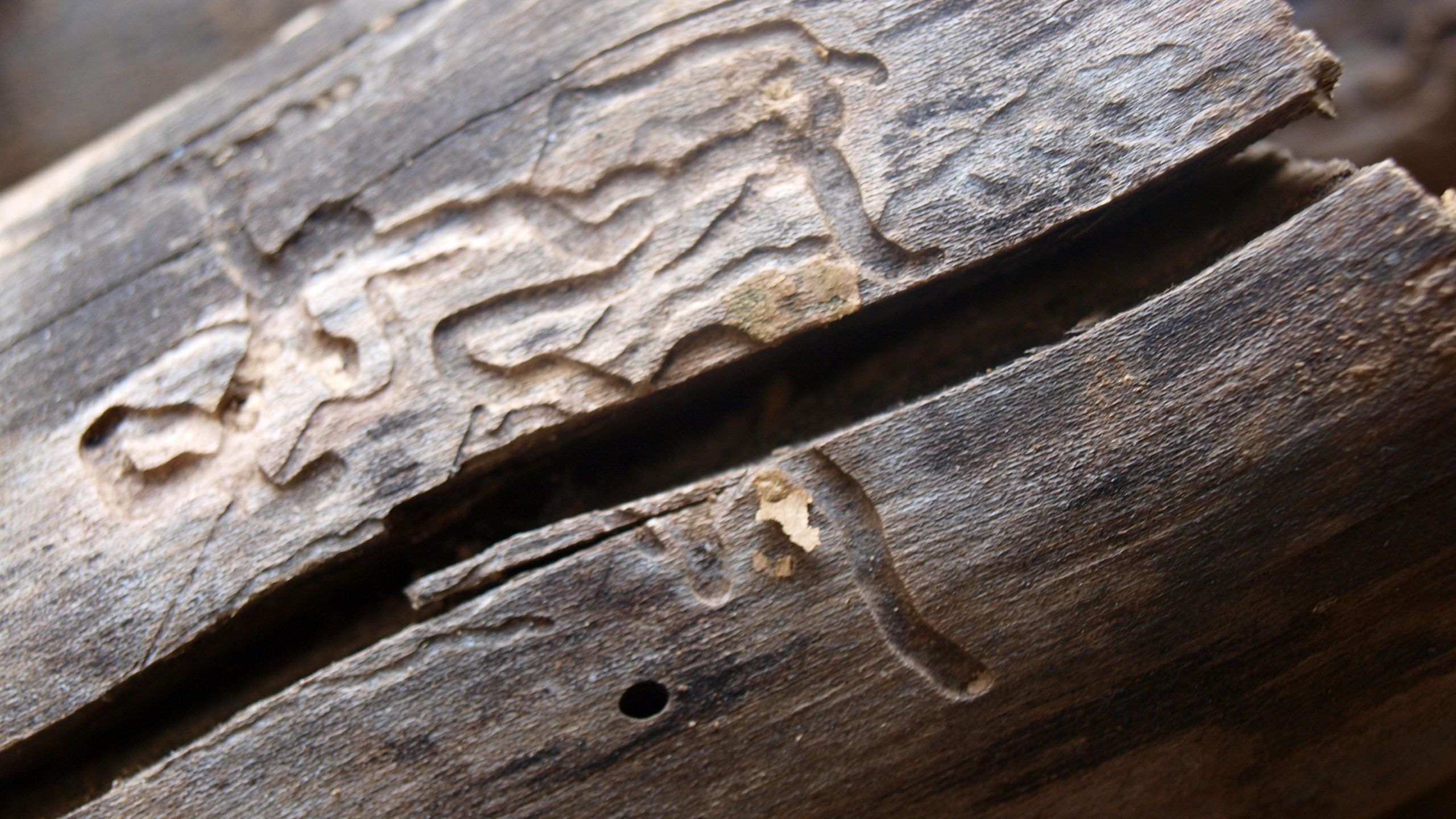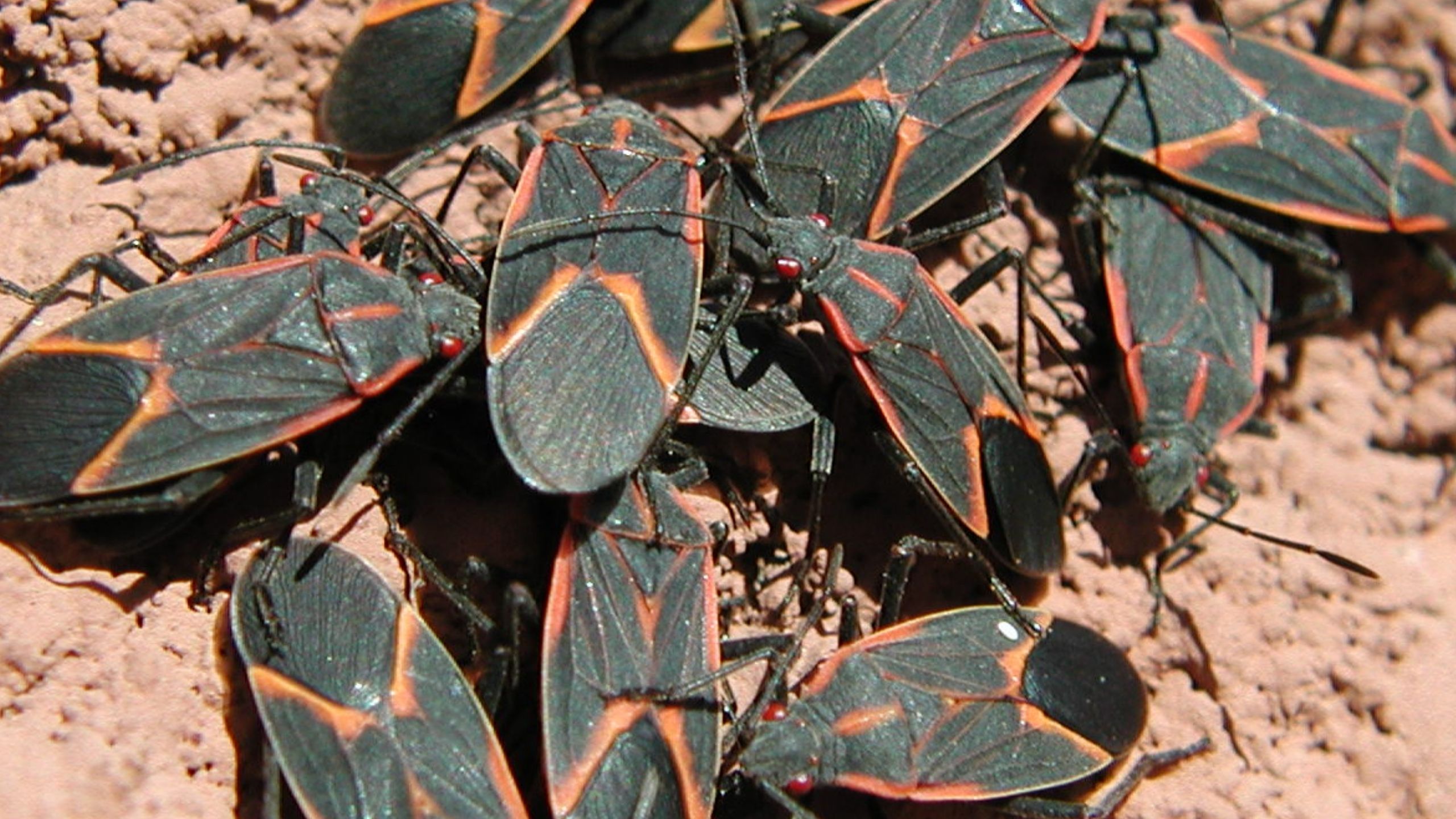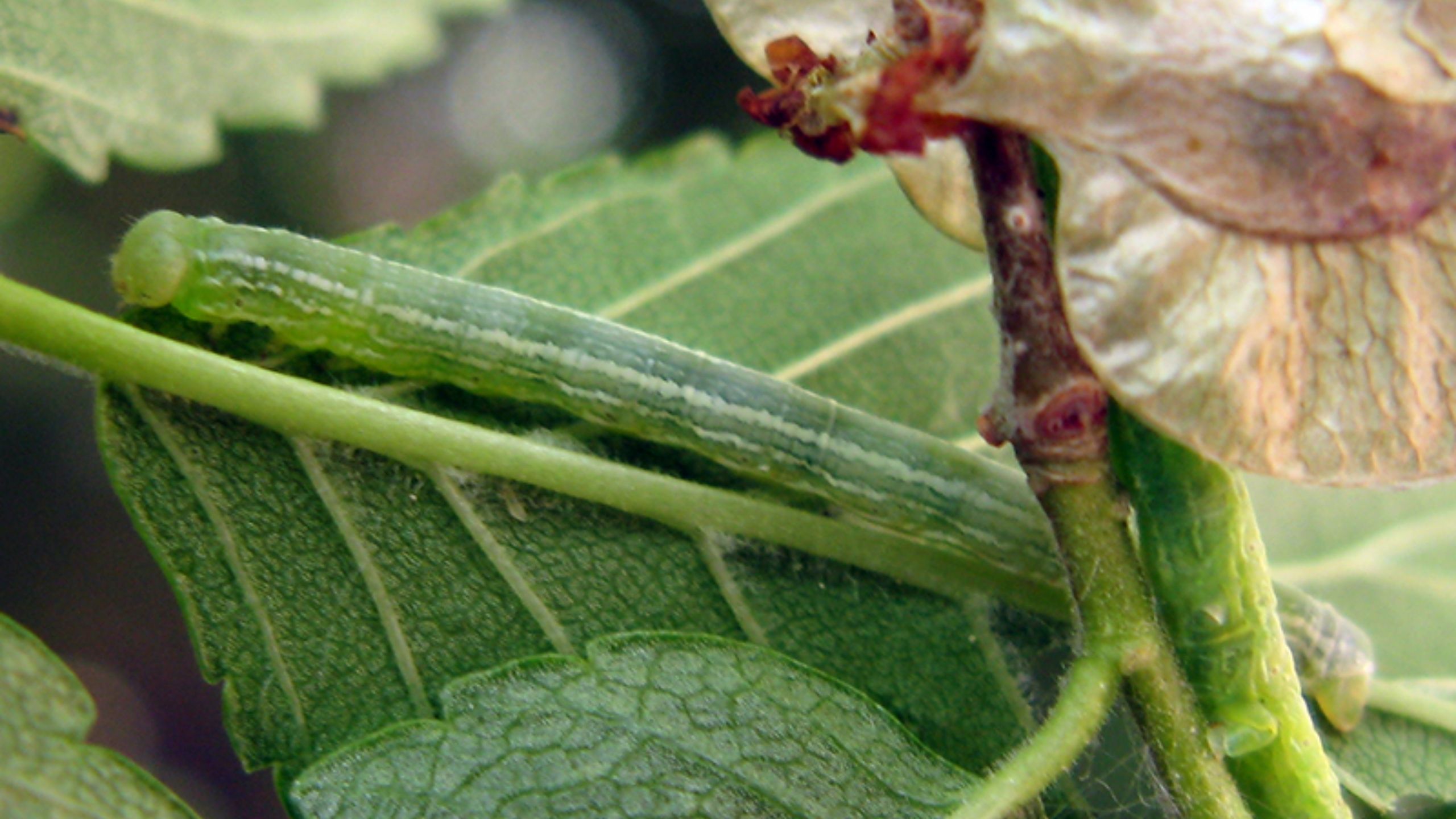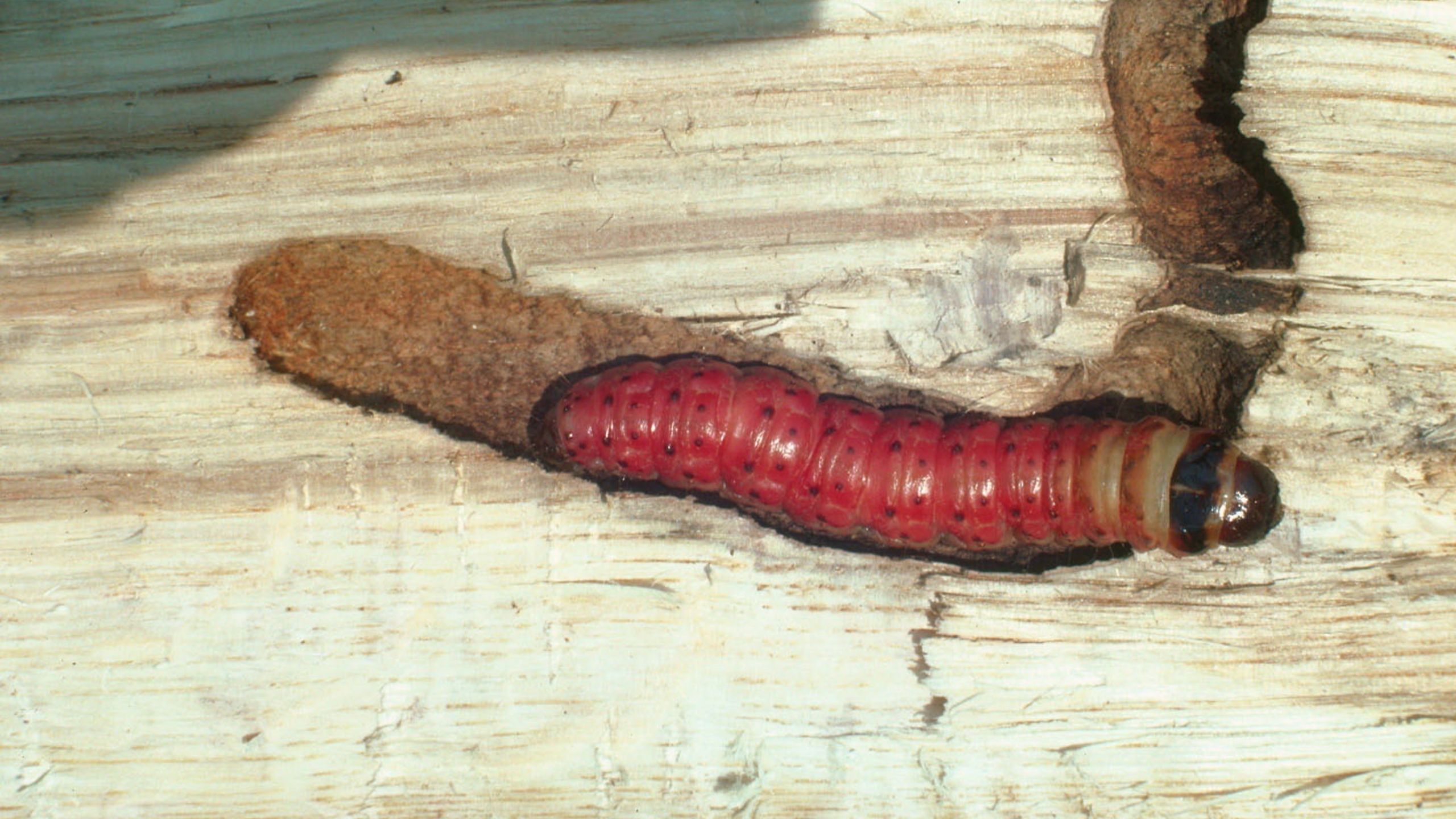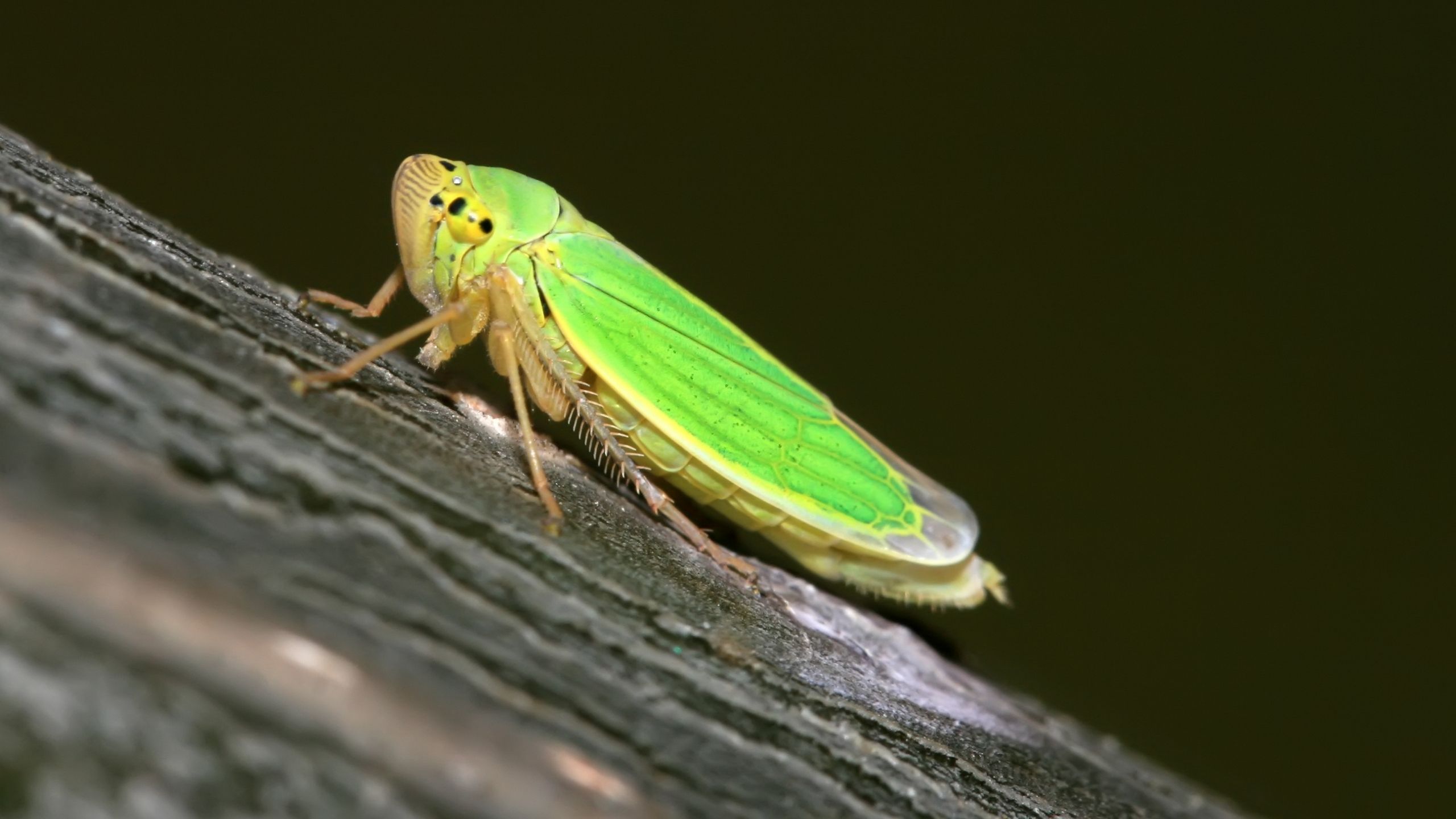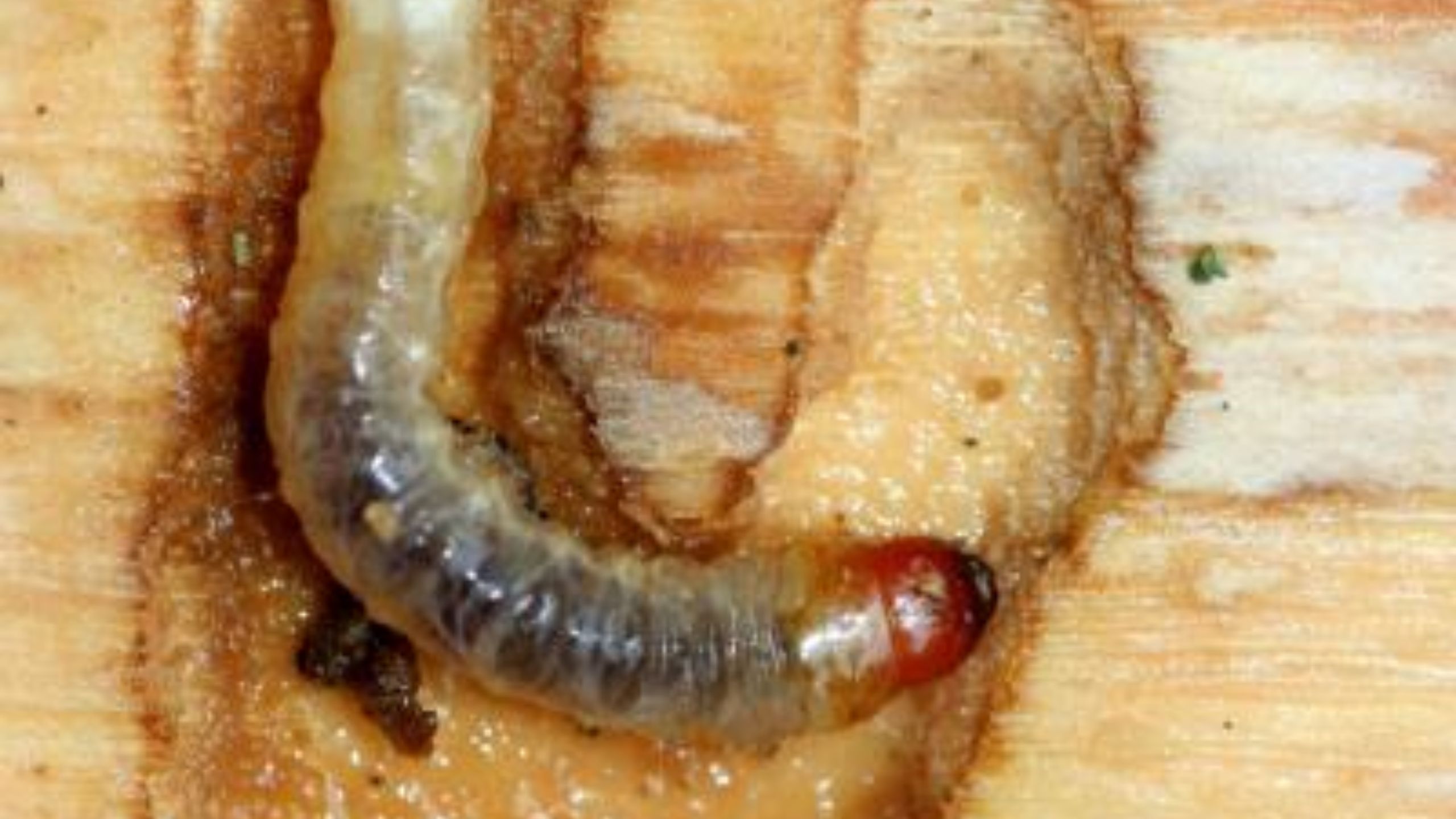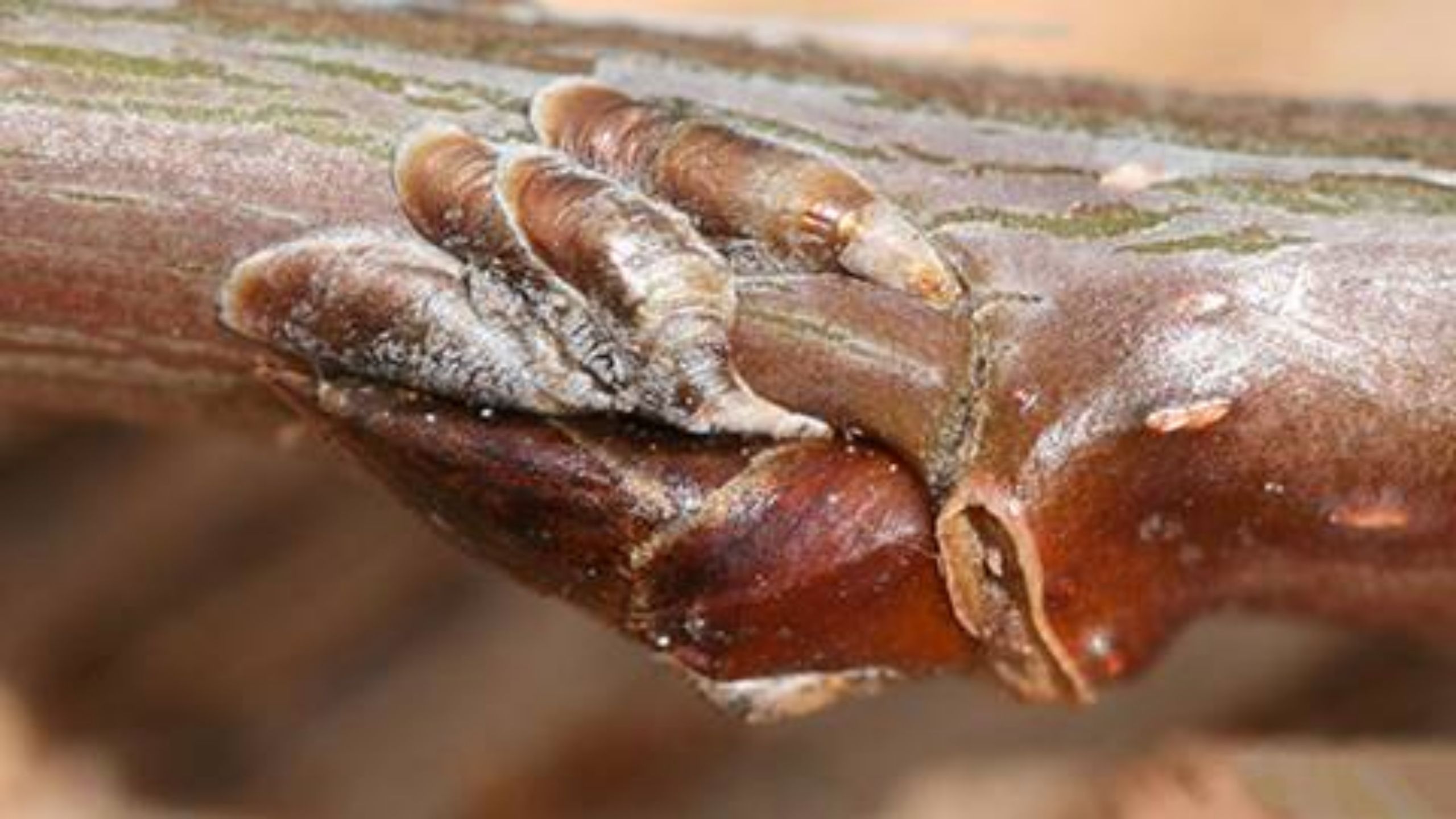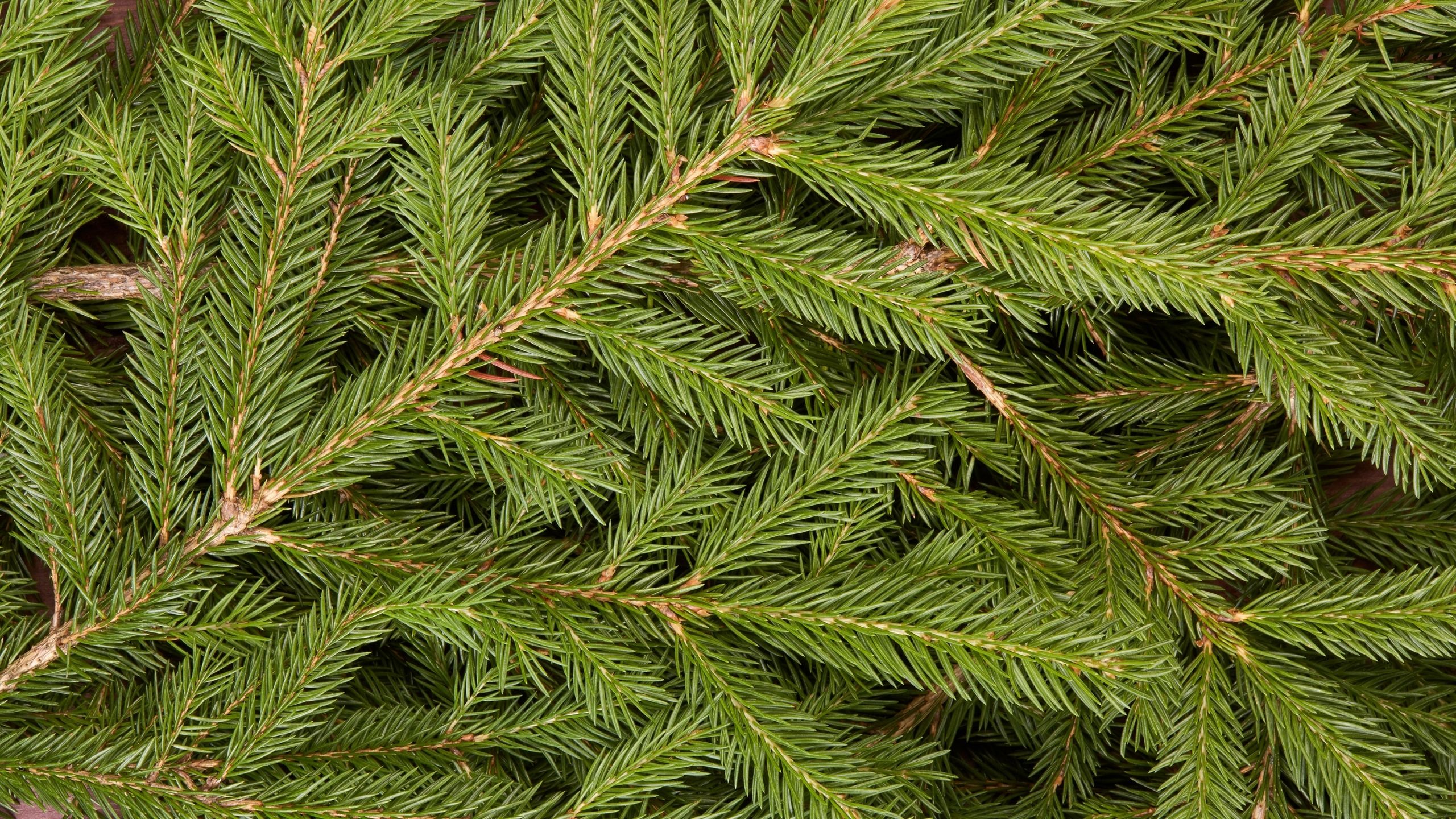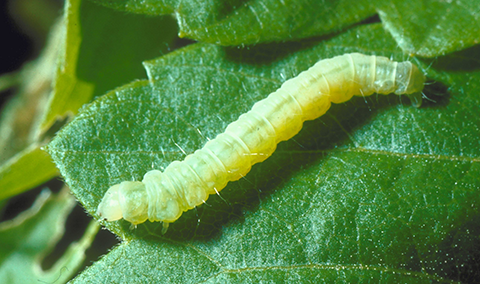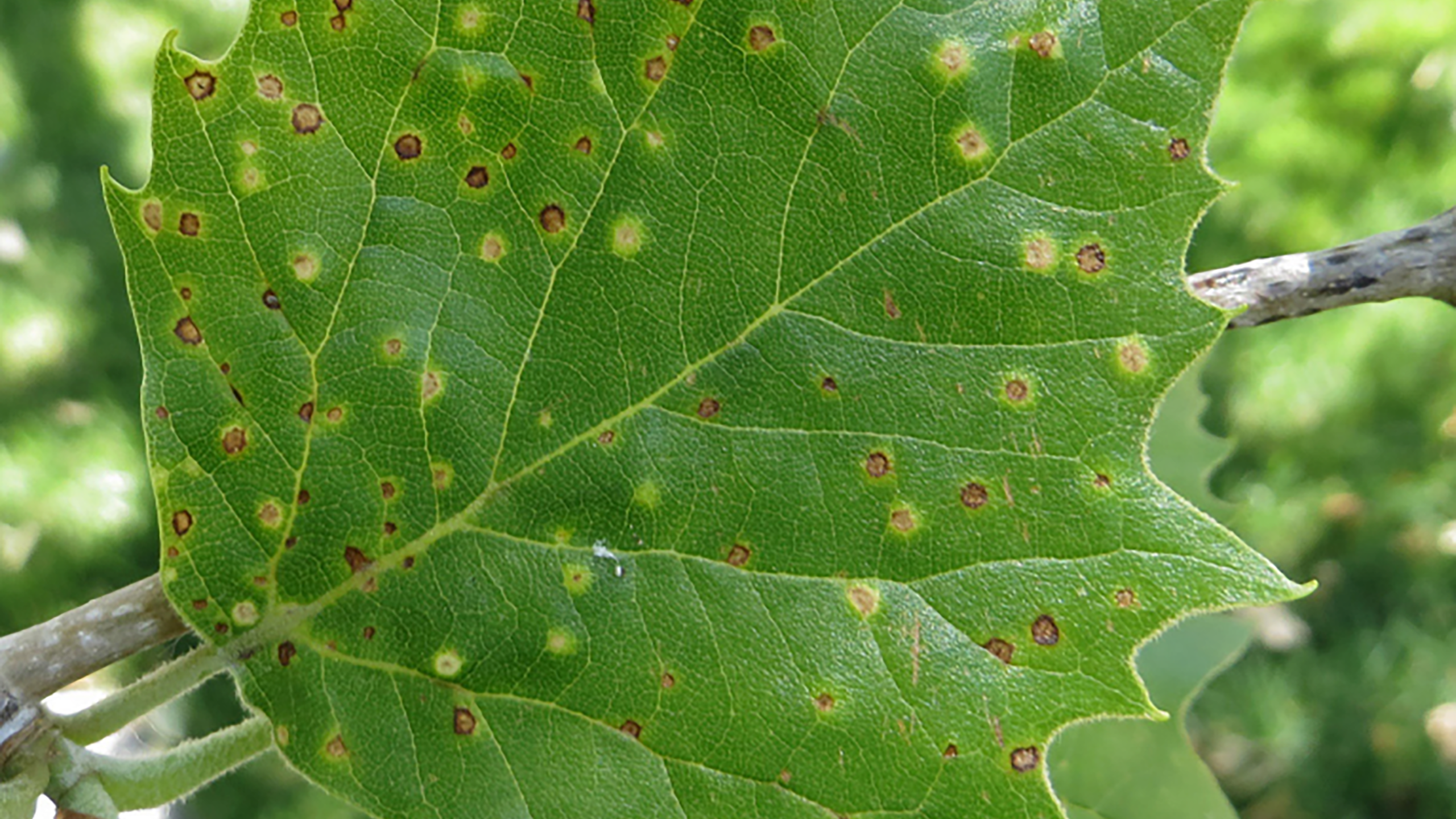Sequoia Pitch Moth in Pines
January 2015
Ryan S. Davis, Arthropod Diagnostician (No longer at USU) • Katie Wagner, Horticulture Extension Assistant Professor
What You Should Know

- The primary insect causing large pitch
(resin) masses on Austrian, Scotch and
other ornamental pines in Utah is the
sequoia pitch moth (SPM). - SPM is not typically considered a serious
pest of pines, but may cause limb
dieback, unsightly resin masses, tree stress
or tree death in severe cases. - There are no recommended insecticide
control options for SPM. - SPM should be managed using cultural
controls such as removing resin masses
and larvae, proper timing of pruning,
eliminating mechanical damage and
proper irrigation. - Monitor SPM using a pheromone lure and
delta trap to time the start of pruning
activities in the fall.
Along Utah’s Wasatch Front, large, unsightly resin masses are appearing on ornamental pines with increasing frequency and severity, especially on Austrian and Scotch pines (Fig. 1). While pines may exude resin for many reasons, the focus of this fact sheet is the sequoia pitch moth (SPM) (Sesiidae: Synanthedon sequoiae).
Identification


Adult moths are daytime flying moths, but are seldom seen. Adults are black with yellow banding, and are about 3/4” long (Fig. 2a). SPM adults closely resemble paper wasps, yellowjackets, or other clearwing moth adults.
Homeowners and tree care professionals are most likely to encounter SPM larvae hiding within resin masses. Immature SPM (larvae) vary in size up to 1 1/4”. Larvae are typically dustywhite, with light pink, yellow or gray undertones and a brown head capsule (Figs. 2b & 3). Their color may closely resemble the resin mass, which can make them difficult to see.
Pupal cases are dark brown and about 3/4” long. Remnants of the pupal case can be found extruded from the resin masses and are diagnostic of SPM (Fig. 4).
Resin masses are typically glistening and dark red in color when fresh. The resin is mixed with a sawdust-like material called frass (insect excrement). Older and abandoned masses will be faded-gray in color and may contain the pupal skin. Resin masses can be up to 1 to 2” in diameter. SPM resin masses may be mistaken for pitch tubes created by bark beetles. Read “Bark Beetles in Utah” for more information on identifying pitch tubes.
Life Cycle



SPM takes 2 years to grow from an egg to an adult. SPM overwinters as larvae under the bark or in resin masses. Larvae will become active again in the late winter and early spring before pupating. SPM will spend about one month in the pupal stage prior to adult emergence.
In Utah, adult flight begins around mid- to late April and continues through August. Actual flight timing may vary by location and year. Peak adult flight occurs in June and July. Adults mate on the tree from which they emerged, or on new host trees. Mating and egg-laying occur within a few days of emergence from the pupa, after which the adults die.
Eggs are typically laid near branch unions, pruning wounds, mechanical injuries and old SPM feeding sites or resin masses. Eggs are typically laid in sunny areas at the edge of wounds or old resin masses. Larvae hatch from eggs in about 2 weeks.
Many sizes of larvae can be found throughout the year in resin masses, bark chambers behind the masses or in tunnels under the bark. Larger larvae can typically be found within the resin mass.
Damage
SPM damage is generally aesthetic. Large resin masses give the appearance of severe damage, but SPM rarely causes serious treehealth problems.
Recently, along Utah’s Wasatch Front, there has been an increase in the incidence of SPM activity on pines, especially Austrian and Scotch pines. In rare cases, large numbers of SPM have attacked trees, killing branches and stressing trees to the point where they were removed.
Under the resin mass, larvae carve out a small notch in the bark (Fig. 5) and will also tunnel 1 to 5 inches away from the entrance hole, feeding on the phloem, cambium and scoring the sapwood (Fig. 6). Attacks repeated over multiple years by subsequent generations of moths can cause fairly serious damage, especially on smaller diameter pines that are more readily girdled by this boring activity.
Management
Because SPM is mostly an aesthetic problem, control is usually unnecessary. When resin masses become numerous and unsightly, or if the moths are heavily attacking young trees (<20 feet), control may be warranted. The primary control methods for SPM are nonchemical.
Tree Health
- Do not prune pines between February and September. Fresh pruning wounds will attract egg-laying female SPMs.
- Delta-style moth traps with a sequoia pitch moth lure can be used for monitoring adult flight. Tree pruning can be timed to occur after adult flight has ended in the fall through February.
- Minimize tree stress and eliminate mechanical damage from mowers and weedwhackers by creating turf-free buffer zones near trunks.
- Properly irrigate pines. Do not over- or underirrigate. Click here for more information on proper watering.
- Reduce stress by keeping the tree free of other pests such as scale insects.
- Select pine species that are less susceptible to SPM attack. See Table 1 for more details.
Physical Controls
- Remove resin masses containing larvae. Examine the resin mass and kill larvae before discarding.
- Fresh resin masses without larvae indicate that the larvae is within the bark notch or the gallery under the bark (typically younger larval stages). Attempt to stab larvae in the bark notch, by inserting a metal wire, or return later in the season to try removing the resin mass again.
| Susceptibility of Pines to SPM Attack | |
|---|---|
| Pinus Species | Common Name |
| P. radiata | Monterey pine |
| P. mugo | mugo pine |
| P. pinea | iItalian stone pine |
| P. ponderosa | ponderosa pine |
| P. thunbergiana | Japanese black pine |
| P. densiflora | Japanese red pine |
| P. contorta | lodgepole pine |
| P. jeffreyi | Jeffrey pine |
| P. banksiana | Jack pine |
| P. nigra | Austrian/black pine |
| P. halepensis | Alleppo pine |
| P. sylvestris | Scotch pine |
Table 1. List of common Pinus species relative to their susceptibility to SPM attack. Trees at the top are least susceptible to SPM attack; trees at the bottom are most susceptible. (Table modified from Johnson and Lyon, 1991 (pg. 72.))
Chemical
- Most SPM damage is aesthetic and chemical controls are typically unwarranted. Cover sprays have been reportedly ineffective against SPM. There is minimal evidence suggesting that emamectin benzoate may control current infestations and prevent new ones from occurring for at least 2 years (Cox, 2011).
Conclusions
SPM is becoming an increasing problem on ornamental pines along the Wasatch Front, especially Austrian and Scotch pines. Damage from SPM looks severe, but internal damage is often limited and not life-threatening to the tree. SPM damage can be most severe on smaller diameter, newly planted trees.
There are no recommended chemical treatments to prevent SPM attack. None are recommended due to chemical inefficacy and because SPM damage is often not severely detrimental to the pines.
Fresh pruning and mechanical wounds are a primary attractant to egg-laying SPM moths. Avoid pruning and wounding between February and late September when adults are flying, mating and laying eggs. Remove resin masses and crush larvae for secondary control.
References
- Cox, D.L. (2011). 207 Ornamental 1 - Tree Injections. Tri-River Area Pest Management Workshop, Grand Junction, CO, Feb. 15. Presentation (slide 49). Syngenta Crop Protection, LLC.
- Dreistadt, S. H. (2004). Pests of Landscape Trees and Shrubs: An Integrated Pest Management Guide, 2nd Edition. Statewide Integrated Pest Mangement Program, University of California, Division of Agriculture and Natural Resources. Pub 3359, 191- 193.
- Furniss, R. L., & Carolin, V. M. (1977). Western Forest Insects. Misc. Pub. No. 1339. USDA, Forest Service, 139-140.
- Johnson, W. T., & Lyon, H. H. 1991. Insects That Feed on Trees and Shrubs, Second Edition. Cornell University Press.
- Swain, S. V., Dreistadt, S. H., & Svihra, P. (2013). Pitch Moths. Pest Note, Pub. 7479. University of California, Agriculture and Natural Resources, Statewide Integrated Pest Management Program.



